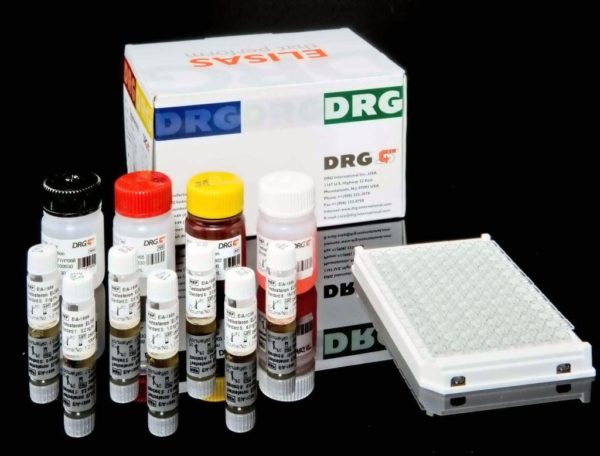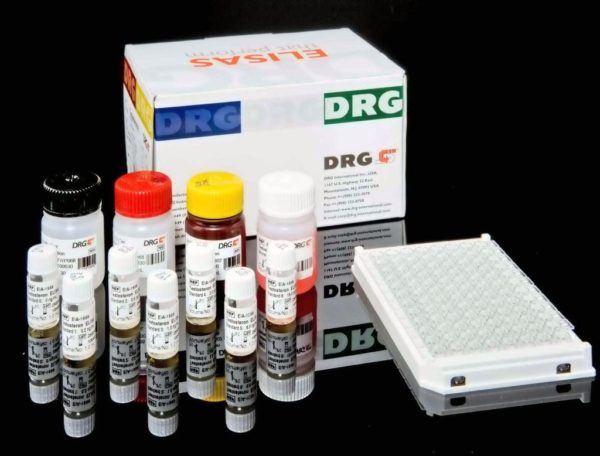Description
Crypto/Giardia/Entamoeba Ag Rapid Test (strip) and Crypto/Giardia/Entamoeba Ag Rapid Test (cassettes) chromatographic immunoassay is a procedure for in vitroqualitative detection of Cryptosporidium parvum, Giardia lamblia and Entamoeba histolytica antigens in human stool samples. Cryptosporidiosis is a protozoal infection caused by Cryptosporidium parvum in humans. Typically, is an acute short-term infection, but can become severe and non-resolving in children and immunocompromised individuals such as AIDS patients. It may also be asymptomatic. In tropical developing countries, the parasite is often endemic and causes diarrhoea epidemics among children. With immunocompetent patients, the disease manifests itself as self-healing gastroenteritis. Giardiasis in humans is caused by the protozoan parasite Giardia lamblia. This organism is involved in 25% of the cases of gastrointestinal disease and may be present asymptomatically. Giardia lamblia has become an important cause of chronic diarrhoeas, particularly regarding travel medicine. Entamoeba histolytica is the protozoan parasite responsible for dysentery and amebiasis. It is the third leading cause of morbidity and mortality due to parasitic disease in humans after malaria and schistosomiasis, and is estimated to be responsible for between 50000 and 100000 deaths every year. The disease may manifest itself
as an acute, chronic or as an asymptomatic infection. All these parasites present a simple life cycle that usually consists of an infective cyst stage and a multiplication trophozoite stage. Transmission of these infections occurs via ingestion of cysts, most often via food or water contaminated with human faecal matter. Usually, diagnosis is performed by microscopic examination and requires experienced technicians. So it would be useful to develop an alternative method, rapid and easy-to-use, not requiring the presence of intact organisms (cysts or trophozoites) in the stool sample. In the case of Entamoeba, a new understanding of this organism has led to the recognition that two species actually exist within what was previously known as E. histolytica. Of these two organisms E. histolytica is the pathogenic, causing all invasive disease while the other, E. dispar is non-pathogenic as it is not capable of invading tissue. The two species are morphologically identical, so although diagnosis is usually performed by microscopic examination, it cannot differentiate them. Other techniques are required to detect specific antigens of each specie for an accurate diagnosis and to prevent unnecessary or inappropriate chemotherapy. The test is based on the immunological capture of coloured microparticles as they move along a membrane on which the monoclonal antibody has been immobilized.
Crypto/Giardia/Entamoeba Ag Rapid Test (strip) and Crypto/Giardia/Entamoeba Ag Rapid Test (cassettes) tests use specific monoclonal antibodies against Cryptosporidium parvum, Giardia lamblia and Entamoeba histolytica that detect all forms of the parasites during their life cycle. The tests are based on the use of three types of microspheres: blue microspheres covalently linked to a monoclonal anti-Cryptosporidium parvum antibody, red microspheres covalently linked to a monoclonal anti-Giardia lamblia antibody, green microspheres covalently linked to a monoclonal anti-Entamoeba histolytica antibody as well as purple microspheres used as test control. The parasites present in stool samples react with the latex particles which are coated with specific monoclonal antibodies against the antigen. This latex particles/antibodies/parasite complex migrates through a chromatographic process towards the reaction area. In this area, anti-Cryptosporidium, anti-Giardia and anti-Entamoeba antibodies that react with the latex particles/antibodies/parasite complex are present. This reaction leads to the appearance of a blue and/or red and/or green lines. These lines are used to interpret the result, following a ten-minute room-temperature incubation.




